This year, the countries of the Southern Hemisphere have had a black truffle season that in some cases has ended earlier and suddenly. Possibly due to a particularly wet autumn that may have caused many truffles to be harvested at the beginning of the season.
-
PRODUCTION OF BLACK TRUFFLE IN CHILE
From the Association of Truffle Growers of Chile (ATChile) they tell us that they are quite satisfied, with several cases where the first production is given to the third year. In relation to exports this year there have been shipments abroad regularly, with the truffle being very well received. Note shipments are small but regular volumes.
Some plantations, still young have tripled the productions with respect to the previous year. One of the objectives that they intend to work with is to improve fruitbody size. The plantations more to the coast (with more clay textures) harvest larger truffles and several between 400 and 600 grs.
Quercus ilex are the trees that have given the best results. In several of the audits we have done in the country, Quercus robur appears with high contamination and low productivity.
This year there has been a marked interest in introducing more growers to this crop and others to expand their orchards, probably due to the productive results of several truffieres, some of them around 45 kilos per hectare with regular start of exports, and with a high demand that could not be satisfied. Also, given that several plantations began to produce, including one of 40 hectares, the association estimates that for the next two years there will be an important leap in the production of Chilean black truffles, easily surpassing the ton.
There are some 400 hectares planted. This year, at least in ATChile, there are new projects for more than 40 hectares. Around 65 growers.
The estimated production for this season would be around 500 kilos. The association expected higher production, but some management complications and periodic rains in the southern area seem to have affected.
From the association send us this video: https://www.youtube.com/watch?time_continue=1&v=rVzlm5RHTx4
I leave you a photograph of their president Javier Rozas, with some truffles from his plantation, with great regular shape:

2. PRODUCTION OF BLACK TRUFFLE IN ARGENTINA
In Argentina this industry is just taking off, with just about 58 kilograms for 2018, taking into account that there are 4 orchards with production and that the oldest ones are just 8 years old.
A single orchard is currently the main producer of the country contributing more than 60% of the total harvested in Argentina. Even with a young plantation, as their oldest trees are only 6 years old.
The truffle is consumed in the domestic market mainly since even the production volumes are low. On the other hand, it begins to be known in the country and create some domestic demand, thanks to the diffusion in TV media like this one:
https://youtu.be/tvuFF4tUCJQ?list=PLGTiwubeVR1ImZma0NXNqriEaf065sBa3
3. PRODUCTION OF BLACK TRUFFLE IN SOUTH AFRICA

in 2018 there are in the “Western Cape” region plantations with a total of 180 hectares that are young or just entering production.
In the areas of “Eastern Cape” and “Natal”, in mid-August and in the absence of the last weeks of the season, 40 kg of truffles of different qualities had been harvested.
Probably total crop for the whole country around 80 kilos of melano. Note some borchii orchards started to fruit as well on various trees including poplars and pecans…
4. PRODUCTION OF BLACK TRUFFLE IN AUSTRALIA

Australia’s production of Périgord Black Truffle is very much skewed towards Western Australia with over 90% of the exports originating within 30km radius from the town of Manjimup – all within the Southern Forests Region of Western Australia:

melanosporum production data for Australia, as for many countries, is difficult to calculate with certainty. In Australia the Australian Bureau of Statistics (ABS), a government department, collects information about exports according to a set of product codes.
Much of the east coast production is sold domestically and there is a strong agritourism industry as these truffieres are typically within 90 mins of large urban centres. This then also reflects in a higher average price per kilo in the east.
Australian Total Fresh Exports of T. melanosporum by weight was 8.5t and is 30% up on 2017 (ABS data)
Using this export data as a base Australia’s total production of saleable truffle as follows:
8.5t exported fresh truffle from May to End of August 2018 – all grades
1.5t best guess for local consumption as fresh truffle (low 1.2t to high 1.7t)
0.6t frozen for sale as frozen truffle or use in gourmet truffle products
0.4t other sales
By this calculation the total is 11t saleable truffle
At 2018 ATGA Conference in September in Medlow Bath, NSW, delegates from each state put forward their estimates of the amount of truffle sold based on their polling of members
9.50t WA
1t Victoria
1.20t NSW includes Canberra
0.90t Tasmania
12.20t Australia
So the best guess for the 2018 Australian Truffle production is 11.4t to 12.9 t
All the best,
Marcos S. Morcillo











































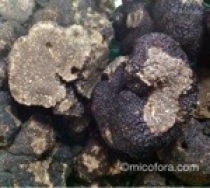








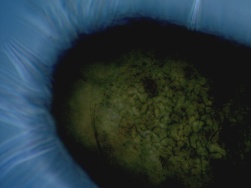












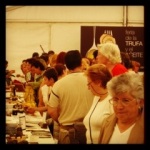



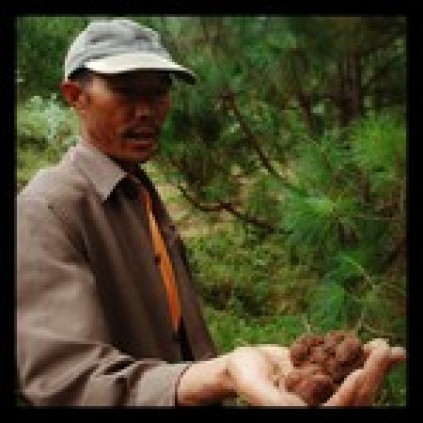


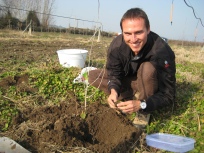






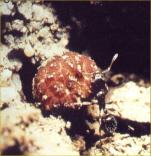


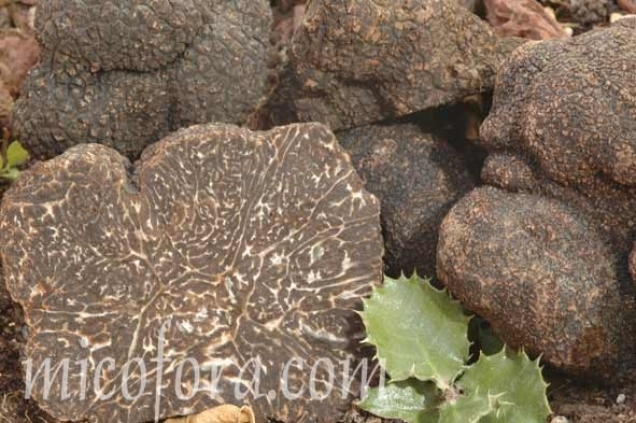
Hi Marcos,
I actually reported 0.9 – 1.0T for Victoria as a conservative estimate which was a 40% increase from known production last year. WA certainly produces around 70% of Oz truffle, but they are almost completely export focussed as their truffieres are quite a distance from their local WA markets, so it skewes the perception of Australian production – esp to overseas importers. Much of the east coast production is sold domestically and there is a strong agritourism industry as these truffieres are typically within 90 mins of large urban centres. This then also reflects in a higher average price per kilo in the east. I believe there will be strong growth in domestic demand.
Cheers mate (how Ozzie is that?),
Andres Haas – Black Cat Truffles
E: andres_haas@hotmail.com
M: +61403 394 144
thanks a lot mate! just updated on the post with your comments. Hugs from Barcelona
Hello team trufflers
We live in New Zealand how much would 200 gms of dehydrated of spores cost to post? I look forward to hour response
Hi, I think we never answered your question, reaaly sorry for that. please write directly at our lab at micologiaforestal@micofora.com
Pingback: How truffle season 2020 has gone in the southern Hemisphere? | trufflefarming